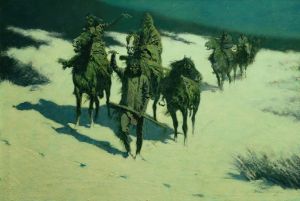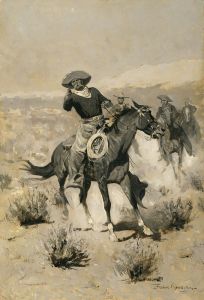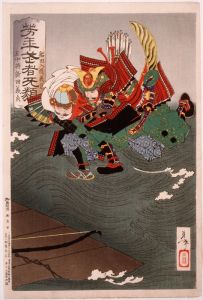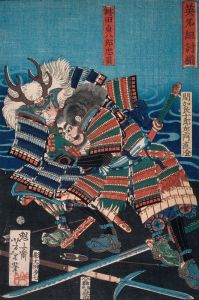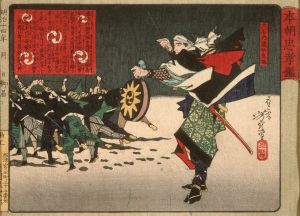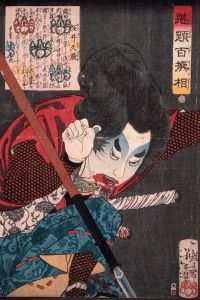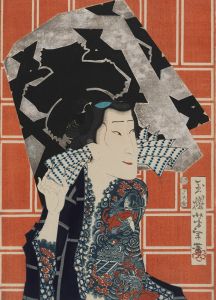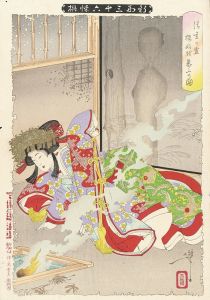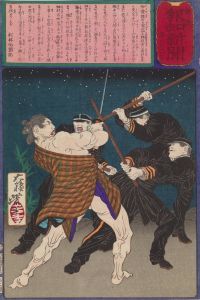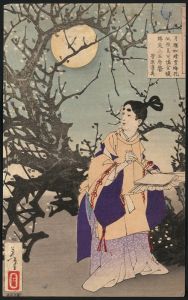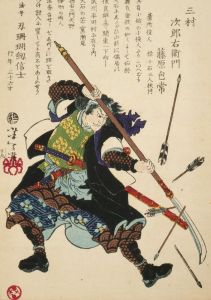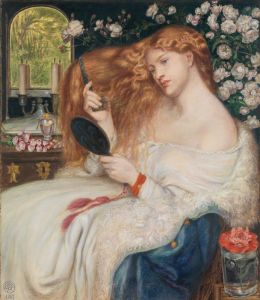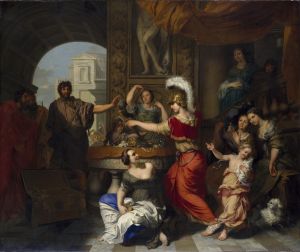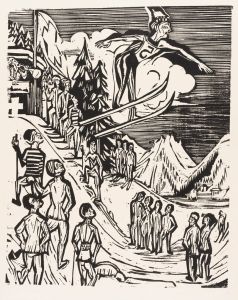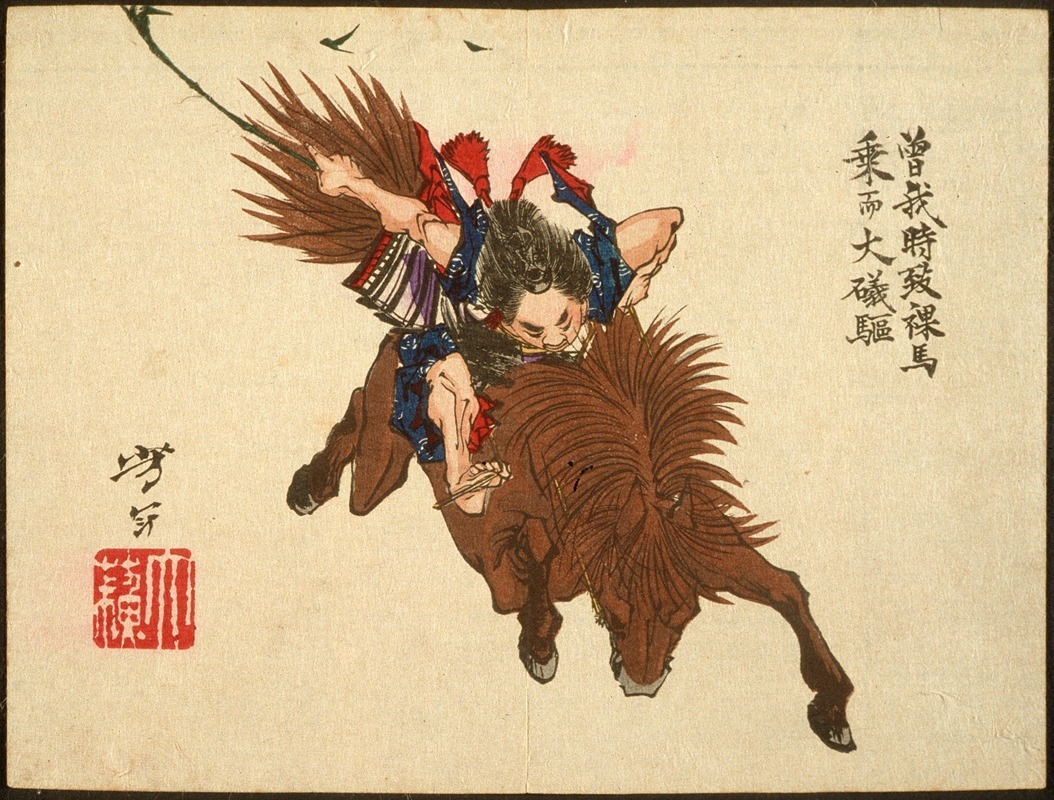
Soga no Gorō Riding on Horseback to Ōiso
A hand-painted replica of Tsukioka Yoshitoshi’s masterpiece Soga no Gorō Riding on Horseback to Ōiso, meticulously crafted by professional artists to capture the true essence of the original. Each piece is created with museum-quality canvas and rare mineral pigments, carefully painted by experienced artists with delicate brushstrokes and rich, layered colors to perfectly recreate the texture of the original artwork. Unlike machine-printed reproductions, this hand-painted version brings the painting to life, infused with the artist’s emotions and skill in every stroke. Whether for personal collection or home decoration, it instantly elevates the artistic atmosphere of any space.
Tsukioka Yoshitoshi (1839–1892) was a prominent Japanese ukiyo-e artist, known for his innovative and dramatic woodblock prints. One of his notable works, Soga no Gorō Riding on Horseback to Ōiso, depicts a scene from the famous Japanese tale of the Soga brothers, a story rooted in historical events and celebrated in Japanese literature and art.
The Soga brothers' tale, known as the Soga Monogatari, is a historical and semi-legendary account of two brothers, Soga no Jūrō and Soga no Gorō, who sought to avenge the murder of their father. The story, set during the Kamakura period (1185–1333), has been a popular subject in Japanese culture, inspiring numerous works of art, kabuki plays, and literature. Tsukioka Yoshitoshi's print focuses on the younger brother, Soga no Gorō Tokimune, who is often portrayed as a brave and impetuous warrior.
In this artwork, Yoshitoshi captures Gorō on horseback, riding to Ōiso, a location associated with the unfolding of the revenge plot. The print is part of Yoshitoshi's series Courageous Warriors (Buyū Suikoden), which celebrates legendary figures from Japanese history and folklore. Yoshitoshi's style in this series is characterized by dynamic compositions, vivid colors, and a keen attention to detail, all of which are evident in this piece. The dramatic tension of the scene is heightened by the depiction of Gorō's determined expression and the powerful stance of the horse.
Yoshitoshi's work often reflects a blend of traditional ukiyo-e techniques and a modern sensibility, influenced by the changing cultural and artistic landscape of the late Edo and early Meiji periods. His ability to convey emotion and movement in his prints has cemented his reputation as one of the last great masters of ukiyo-e.
The exact date of creation for Soga no Gorō Riding on Horseback to Ōiso is not definitively documented, but it is consistent with Yoshitoshi's mature period, during which he produced many of his most celebrated works. The print exemplifies his fascination with historical and legendary themes, as well as his skill in portraying the heroism and drama of his subjects.
Today, Yoshitoshi's works, including this print, are highly regarded for their artistic and historical significance. They provide insight into the cultural narratives and artistic innovations of 19th-century Japan, bridging the traditional ukiyo-e style with the emerging modern era.





